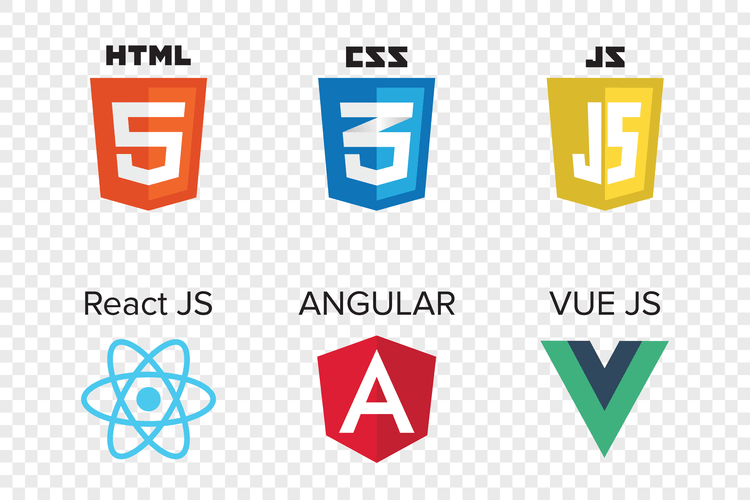Beginners Guide to Blockchain Using Python
This is the reason why the saying “You can’t corrupt a Blockchain” is true. Now, let’s get into the GeekCoinBlock, our totally original blockchain name. Without further delay, let’s build a simple Blockchain with Python.

If node A receives a correct block hash, we know for sure that node A did the work (thus proof of work!). A blockchain consists of different blocks that are linked together. We can see that the validate_blockchain function returns false because there is some mismatch in the fingerprinting and hence the integrity of our blockchain has been compromised.
Python projects and tools
I’m going to abstract how transactions are validated, so we can focus on the blockchain itself. We’re assuming that every transaction is legit and needs no more than “from who”, “to who” and “how much”. Example of executing Python interactivelyThe purpose here is to give you “enough” theory so it doesn’t get boring and so we take baby steps towards learning about blockchains. We’re going to implement a simple version of a Blockchain written in Python interactively.

It’s worth mentioning that a Python Blockchain has not to be a complex program with thousands of lines of code. At its core, it would be a list of transactions linked to one another. Finally, the code prints out the current state of the blockchain and returns the URL for accessing it.
Core Components of Blockchain
I am using the Python Community edition for the tutorial. Another great alternative is Visual Studio Code — a free, open-source integrated development environment. As for me, I downloaded the Python 3.8.1 — the latest build at the time of writing the tutorial. If you decide to use other versions of Python, then you might have to do more research for the code to work.

This property uniquely identifies a block in a blockchain. Timestamp – The time at which the block was created. Blockchain-demo https://globalcloudteam.com/ is an implemtation of the blockchain-data-structure and a small simulation how the blockchain works.
Learn Python by Building a Blockchain and Cryptocurrency
In order to participate in the network, a node must have an internet connection. Nodes can be any type of device, ranging from a small laptop to a large data center.In a public blockchain, anyone can join the network as a node. The more nodes that are part of the network, the more secure and resistant https://globalcloudteam.com/how-can-blockchain-implementation-successfully-improve-your-business/ it becomes to attack. This is because each node helps to validate and verify transactions, making it more difficult for any single entity to compromise the network. A given data will always produce the same hash no matter what. However, even the slightest change in the data will alter the hash.
- The system that Bitcoin relies upon — a growing list of records (i.e. blocks) that are linked to one another — is known as a blockchain.
- Each block in a blockchain is unique and contains a hash value, which can be used for differentiating each block.
- This leads us to the end of our How to build a blockchain.
- If it’s too slow 🐢, then the network decreases 📉 the difficulty like when China banned Bitcoin mining.
- At its core, blockchain technology provides a secure and transparent way to store transactional data, as it is decentralized and distributed across a network of computers.
- This property makes blockchains immutable and tamper-proof.
- And the index shows that its popularity is continuously growing.
You will get to know the features, advantages, disadvantages, and reasons for considering the particular language in blockchain technology. Proof of Work blockchain is an algorithm that is native to the blockchain. It is the mechanism that controls how difficult it is to mine blocks to the blockchain.
Reasons For Choosing Java
The system that Bitcoin depends upon – a growing list of records that are connected to one another – is called Blockchain. Bitcoin was the first successful application of this system, and soon after its growth in fame, other cryptocurrencies were established on the same beliefs. However, this system is not limited to collecting financial information. Instead, the stored type of data is inconsequential and independent of the Blockchain network.
